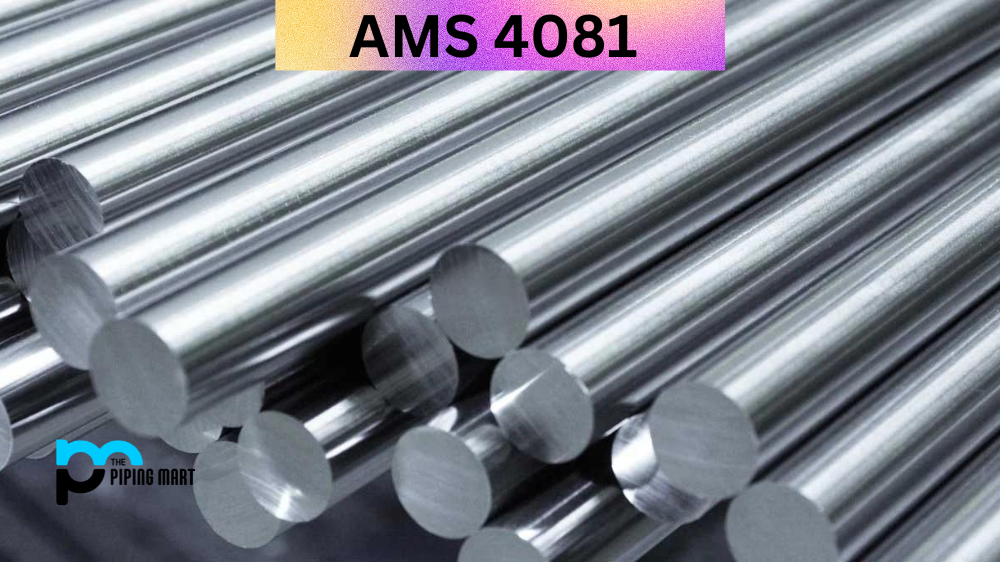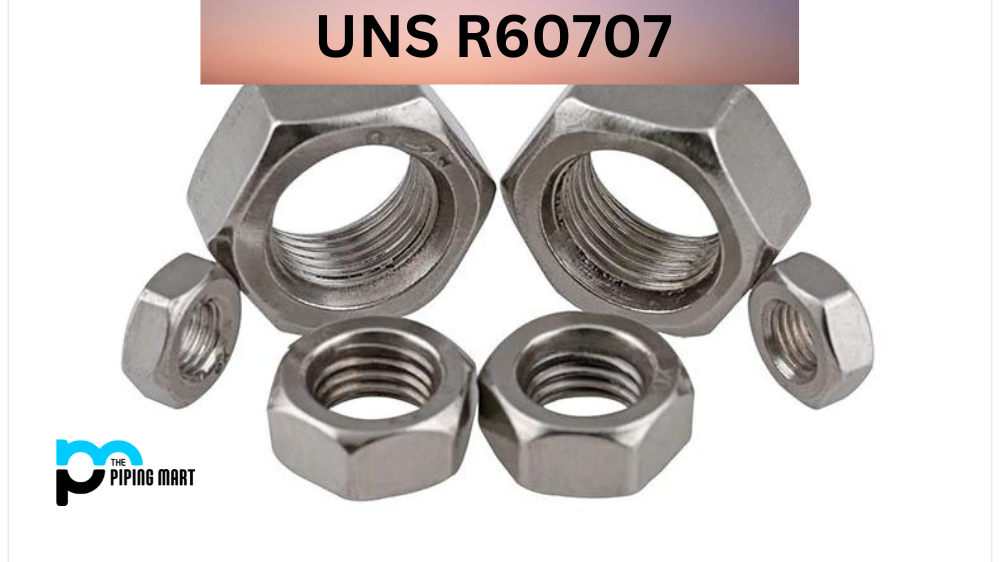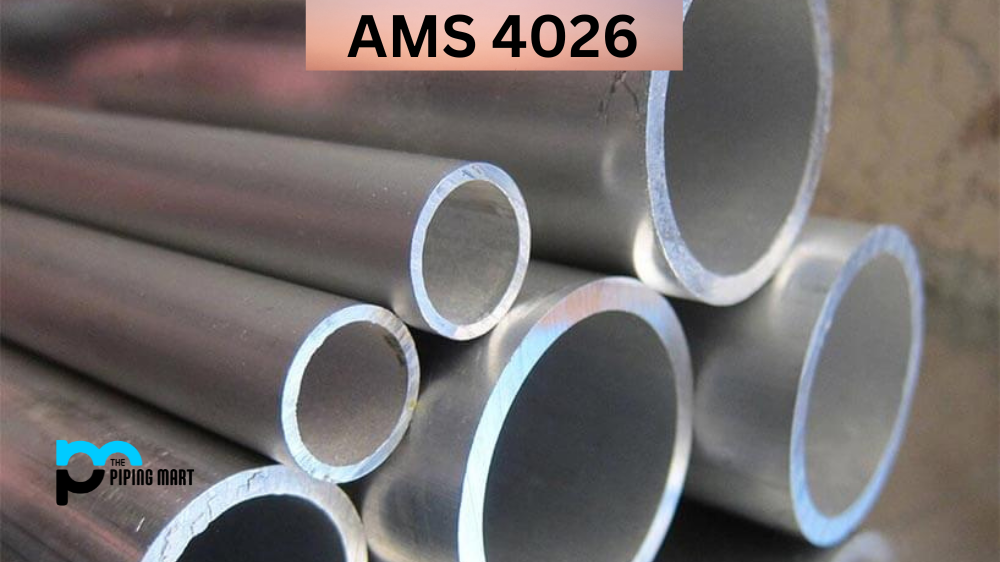When finding suitable materials for industries that require strong and durable components, AMS 5637 is a popular choice. This high-performance alloy is known for its excellent mechanical and physical properties, making it ideal for various applications. In this blog post, we’ll look closer at AMS 5637, exploring its composition, hardness, heat treatment, and more. Whether you’re an industry professional or just curious about this versatile alloy, you’ll find something useful here!
What is AMS 5637?
AMS 5637 (also known as 302 Stainless Steel) refers to a specific type of stainless steel, but what does that mean? Well, for starters, it’s a highly resistant material to rust and corrosion, making it a popular choice in various industries. This steel has a unique blend of metals, including nickel and molybdenum, which give it strength and durability. Moreover, AMS5637 is known for its ability to withstand high temperatures, making it a go-to option for applications requiring heat resistance. Overall, AMS5637 offers a reliable solution for any project that demands toughness, long-lasting performance, and resistance to environmental factors.
What Form Is AMS 5637 Available at Piping Mart?
- Nuts
- Bolts
- Tubing
- Channels
- Fasteners
- Electrodes
- Sheer Plates
AMS 5637 Composition
AMS 5637 plate is a high-performing austenitic stainless steel alloy comprising 17-19% chromium, 12-15% nickel, and 2-3% molybdenum. These elements work together to create a strong alloy with excellent resistance to corrosion and good strength at high temperatures. Additionally, the alloy contains small amounts of carbon, manganese, nitrogen, silicon, and phosphorus, working together to enhance its mechanical properties even further.
| Element | Content (%) |
|---|---|
| Chromium, Cr | 17-19 |
| Nickel, Ni | 8 – 10 |
| Manganese, Mn | 2 |
| Silicon, Si | 1.00 |
| Carbon, C | 0.15 |
| Sulfur, S | 0.03 |
| Phosphorous, P | 0.045 |
AMS 5637 Physical Properties
Regarding physical properties, AMS 5637 is a remarkable alloy that can withstand extreme conditions without degrading. It boasts a density of 0.286 lb./in^3, making it relatively lightweight, and has an austenitic structure, giving it high ductility and toughness. Moreover, it has a melting point of around 2550°F, high electrical conductivity, and excellent thermal conductivity.
| Density lbm/in3 | Thermal Conductivity (BTU/h ft. °F) |
Electrical Resistivity (in x 10(-6)) |
Modulus of Elasticity (psi x 10(6)) |
Coefficient of Thermal Expansion (in/in)/ °F x 10(-6) |
Specific Heat (BTU/lb/ °F) |
Melting Range (°F) |
|---|---|---|---|---|---|---|
| at 68°F: 0.285 | 9.4 at 212°F | 72.0 at 70°F | 28 | 9.6 at 32 – 212°F | 0.1200 at 32°F to 212°F | 2500 to 2590 |
| 12.4 at 932 °F | 10.2 at 32 – 1000°F | |||||
| 10.4 at 32 – 1500°F |
AMS 5637 Mechanical Properties
The mechanical properties of AMS 5637 are unmatched. It has a tensile strength of 165 ksi (1,138 MPa) and a yield strength of 140 ksi (965 MPa), making it ideal for use in applications that require high strength and durability. It also has excellent fracture toughness, stress-rupture strength, and fatigue resistance, making it a reliable choice for critical components in aerospace, automotive, and medical device manufacturing.
| Properties | Metric | Imperial |
|---|---|---|
| Tensile strength | 620 MPa | 89900 psi |
| Yield strength (@strain 0.200%) | 275 MPa | 39900 psi |
| Elastic modulus | 193 GPa | 28000 ksi |
| Poisson’s ratio | 0.27-0.30 | 0.27-0.30 |
| Elongation at break (in 50 mm) | 55% | 55% |
| Hardness, Brinell (converted from Rockwell B hardness) | 147 | 147 |
| Hardness, Knoop (converted from Rockwell B hardness) | 164 | 164 |
| Hardness, Rockwell B | 85 | 85 |
| Hardness, Vickers (converted from Rockwell B hardness) | 147 | 147 |
AMS 5637 Equivalents
| AMS 5515 | AISI 302 | AMS 5516 | AMS 5636 | AMS 5637 |
| AMS 5688 | ASME SA240 | ASTM A167 | ASTM A240 | ASTM A276 |
| ASTM A313 | ASTM A314 | ASTM A368 | ASTM A473 | ASTM A478 |
| ASTM A479 | ASTM A492 | ASTM A493 | ASTM A511 | ASTM A550 |
| ASTM A554 | ASTM A666 | FED QQ-S-763 | FED QQ-S-766 | FED QQ-W-423 |
| ASTM A580 | MIL SPEC MIL-S-862 | SAE 30302 | SAE J230 | SAE J405 |
| AMS 5788 | DIN 1.4319 | MIL S-7720 | QQ S763 | QQ S766 |
AMS 5637 Uses
AMS 5637 sheet is popular for many applications due to its impressive strength and durability. It is commonly used to produce exhaust systems, turbine components, piping systems, engine parts, and oil and gas equipment. Additionally, it has found use in medical device manufacturing, chemical processing, and food processing equipment. The ability of AMS 5637 to withstand high-temperature environments, resist corrosion, and maintain its strength under stress makes it an ideal choice for a wide range of industries.
AMS 5637 Hardness
AMS 5637 has excellent hardness and wear resistance properties, making it ideal for applications where components are exposed to abrasions or wear. It possesses a hardness level of 30 HRC, which is relatively high for an austenitic stainless steel alloy. This makes AMS 5637 ideal for applications requiring surface damage and wear resistance, such as aerospace turbine components.
AMS 5637 Heat treatment
Heat treatment is a crucial process in the production of AMS 5637 material. The alloy can undergo annealing, which involves heating the alloy to 1900-2100°F, followed by rapid cooling. This process helps to improve the material’s flexibility and toughness. Additionally, AMS 5637 can be tempered at 900-1100°F, allowing it to achieve an optimum balance of strength and toughness. This heat treatment process is critical in ensuring the alloy performs optimally in its intended application.
Conclusion:
AMS 5637 is an essential alloy that has become popular due to its strength, durability, and impressive mechanical and physical properties. It can withstand extreme conditions and maintain its strength, making it an ideal choice for aerospace, automotive, medical device manufacturing, and more industries. The alloy’s excellent composition and physical and mechanical properties make it a reliable choice for high-strength and durability applications. By exploring AMS 5637’s properties and uses, we can better understand why it has become the go-to choice for critical components in some of the most demanding industries worldwide.

Meet Bhavesh, a seasoned blogger with a wealth of knowledge and experience. From metal products manufacturing to retail, Bhavesh has a diverse background in various industries and is dedicated to sharing his insights and expertise with readers.




